Gingee Fort: A Historical Overview
Gingee Fort, also known by various names such as Senji, Chenji, Chanchi, Jinji, or Senchi, stands as a testament to the architectural and military acumen of its erstwhile rulers. Located in the Villupuram District of Tamil Nadu, India, approximately 160 kilometres from Chennai, this fortification is a significant historical monument that has witnessed the ebb and flow of several dynasties and empires in South India.
Get your dose of History via Email
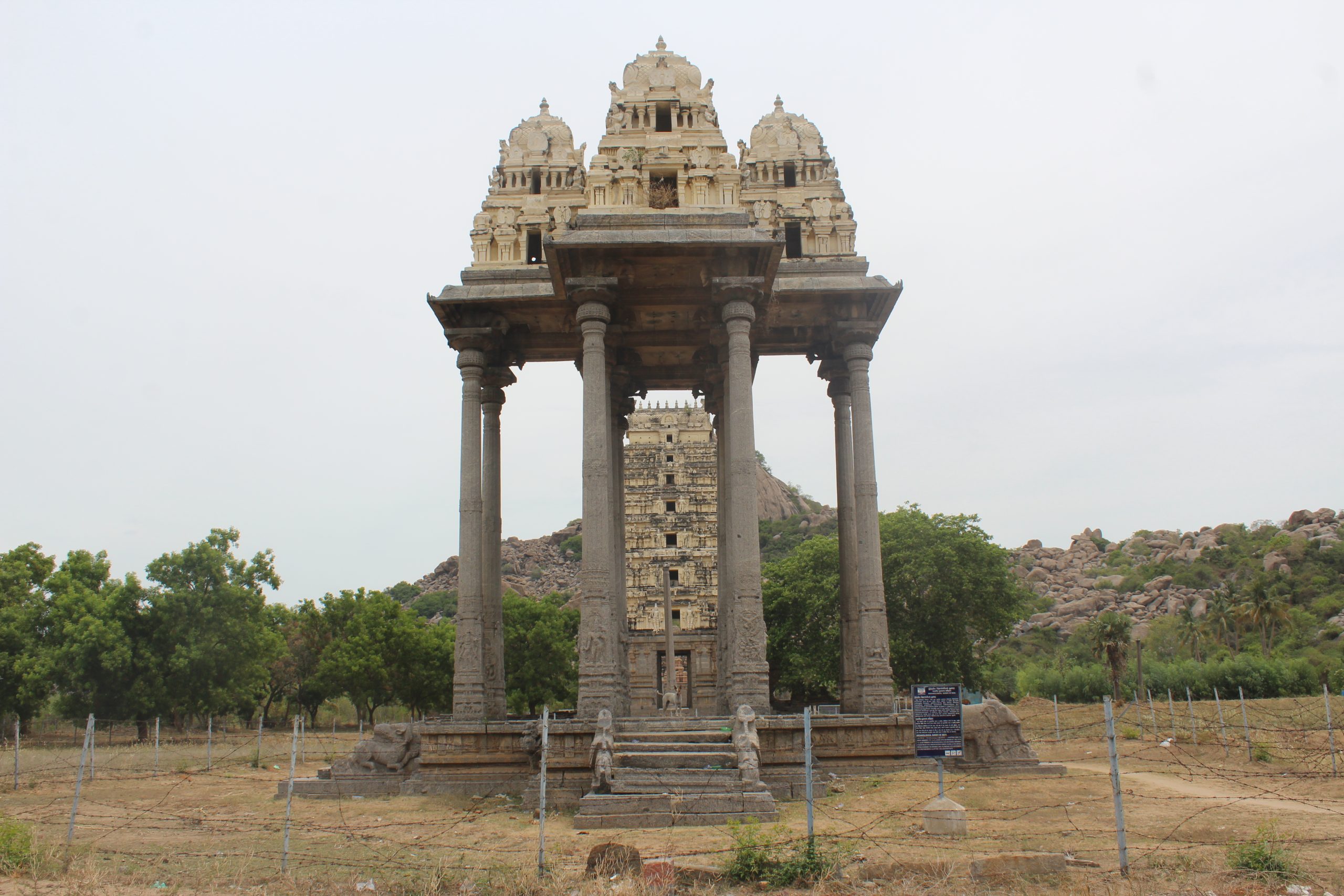
Origin and Historical Significance
The origins of Gingee Fort can be traced back to around 1190 AD when it was initially built by Ananta Kon. Subsequent enhancements were made by Krishna Kon, elevating it to the status of an impregnable citadel by the 13th century. This fortification served as a strategic military outpost and a protective barrier for the town of Gingee, playing a pivotal role in the regional power dynamics.
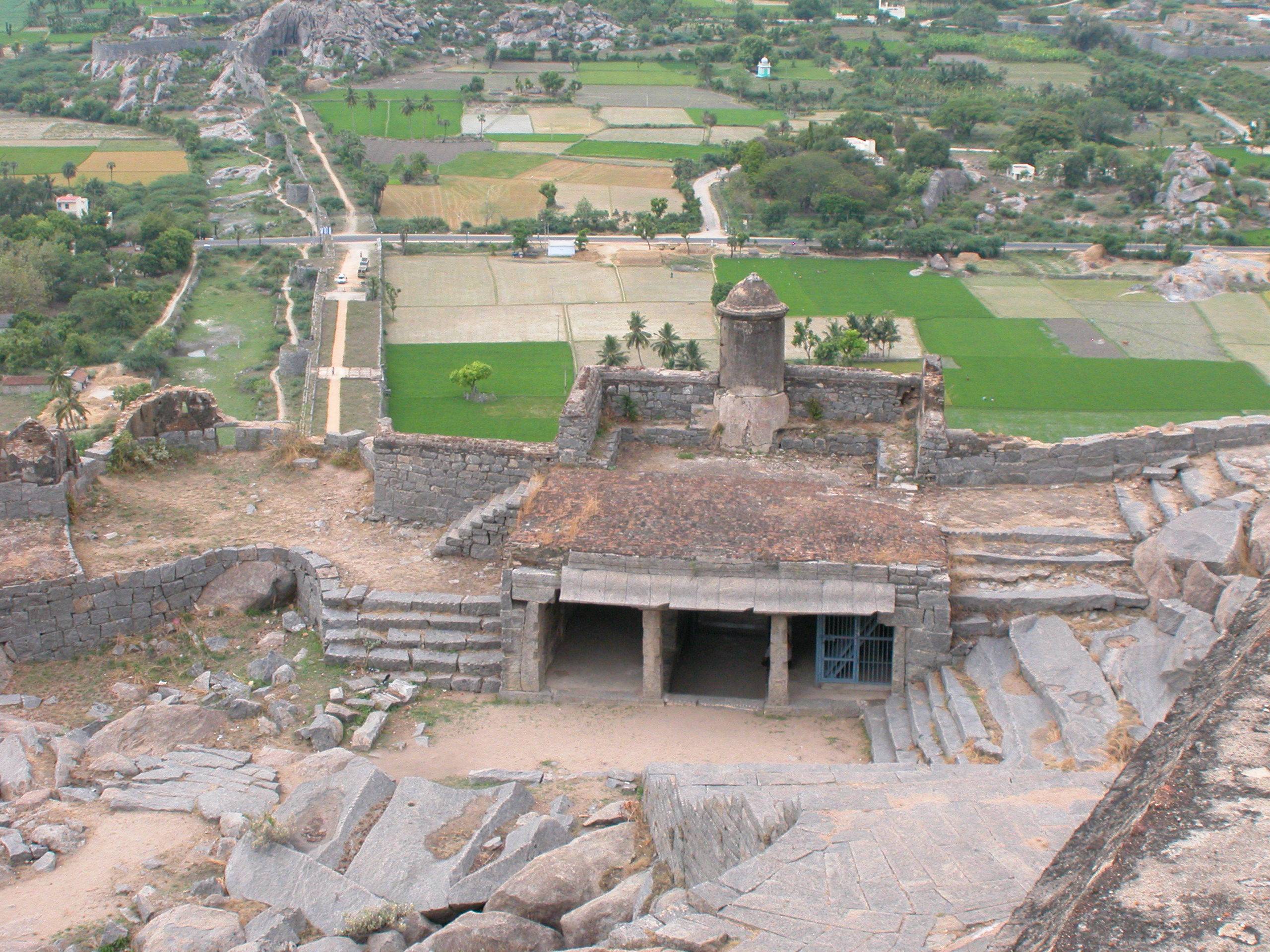
Throughout its history, Gingee Fort came under the control of various powers, including the Marathas, the Bijapur sultans, the Moghuls, the Carnatic Nawabs, the French, and finally the British in 1761. Its strategic importance was such that Shivaji, the Maratha king, lauded it as the “most impregnable fortress in India,” while the British dubbed it the “Troy of the East.”
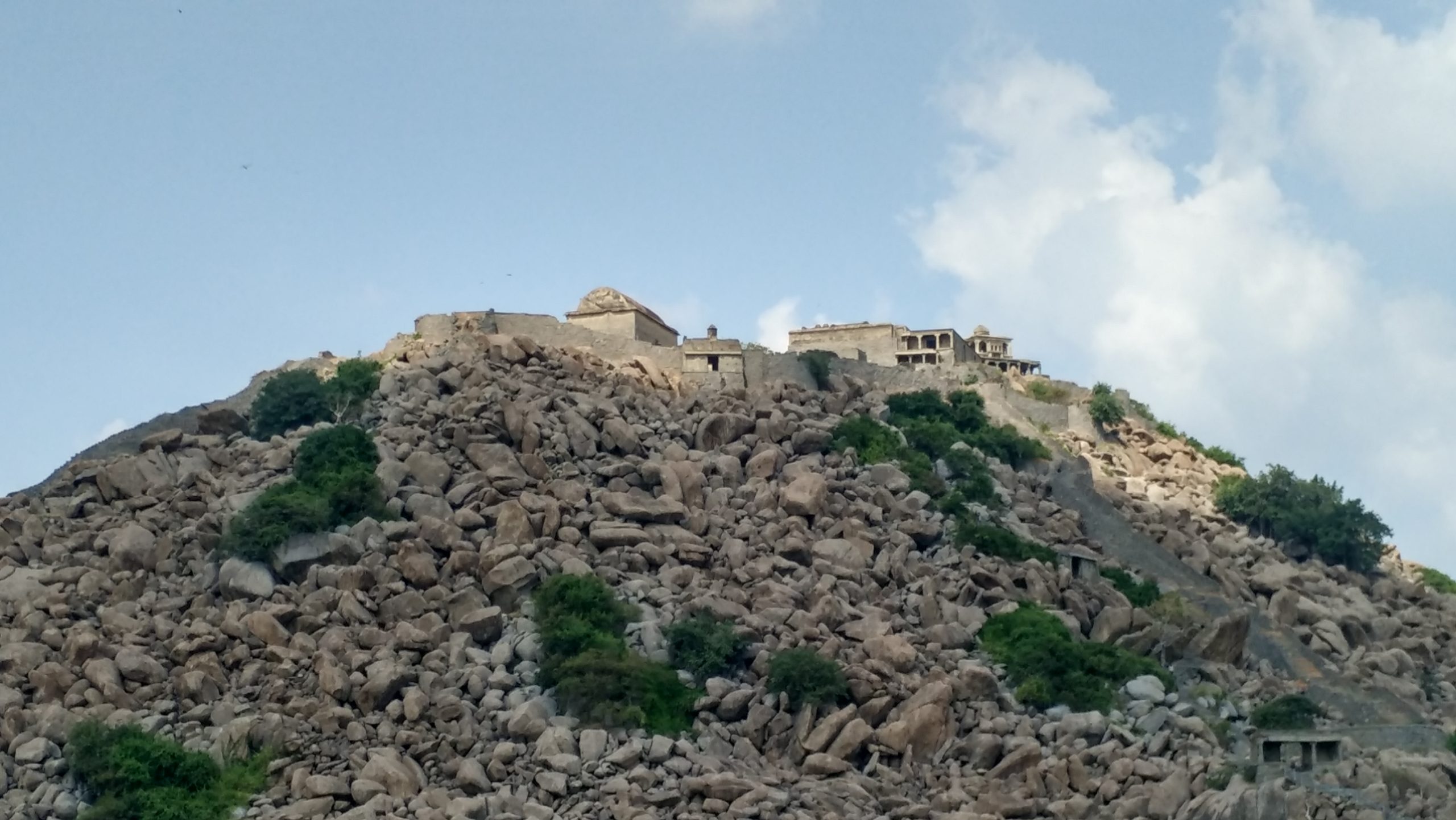
Architectural Marvel
The fort complex is spread across three hillocks: Krishnagiri, Rajagiri, and Chakilidurg, each forming a self-contained citadel. The fortifications extend over 13 kilometres, connecting the three hills and enclosing an area of 11 square kilometres. The fort stands at a height of 800 feet, surrounded by an 80 feet wide moat, showcasing the architectural prowess of its builders.
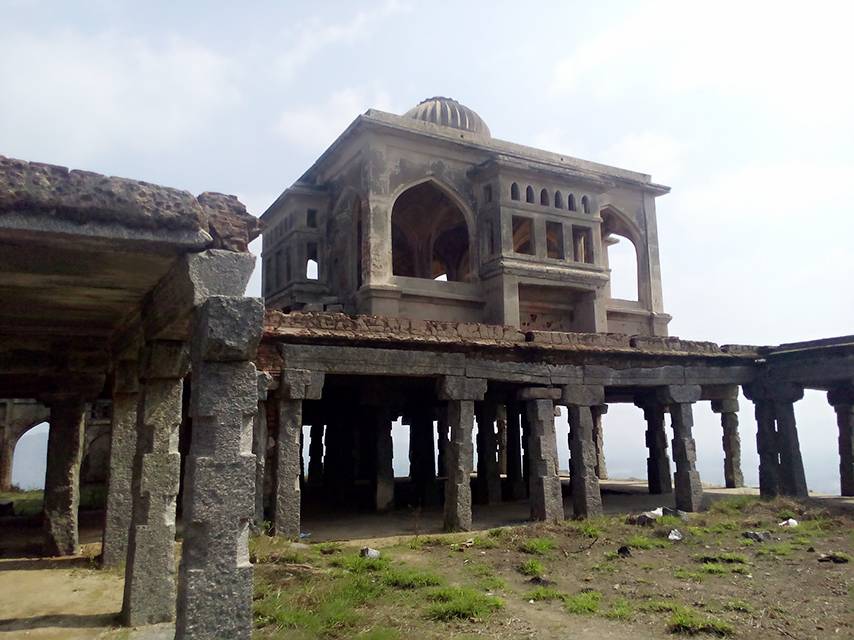
Key structures within the complex include the seven-storeyed Kalyana Mahal, granaries, prison cells, and the temple dedicated to Chenjiamman, the presiding deity of the fort. The fort’s design also incorporates a sophisticated water management system, essential for sustaining the garrison and the inhabitants.
The Citadels
Rajagiri
Rajagiri, the primary citadel, is renowned for its impregnability. Access to the citadel is through seven gates, leading to various structures including temples, mosques, and residential quarters. The Kamalakanni Amman temple atop Rajagiri is of particular religious significance, associated with local legends and Hindu mythology.
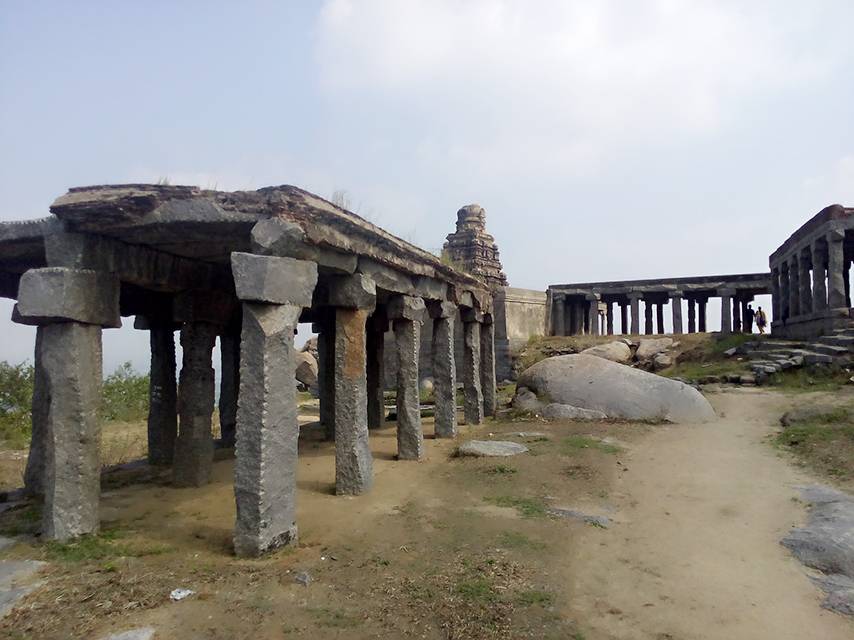
Krishnagiri
Krishnagiri, or the English Mountain, served as a strategic outpost with a smaller citadel. It is connected to Rajagiri through a ridge, showcasing the comprehensive defensive strategy employed in the fort’s design.
Chakilidurg
Chakilidurg, the third fort, has less military significance but forms an integral part of the fort complex. Its name, meaning the fort of the Chamars, hints at the presence of royal Chamar warriors.
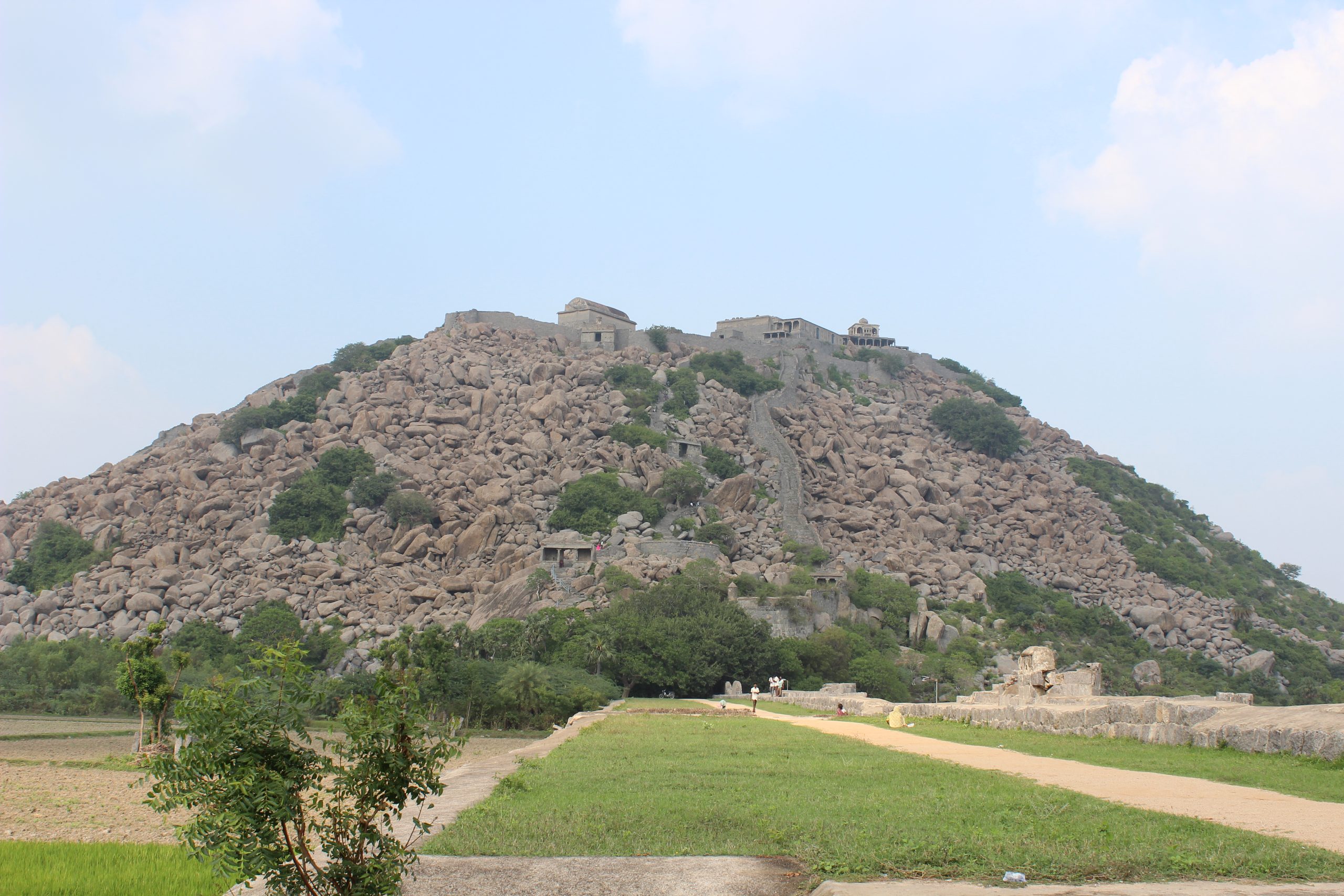
Legacy and Preservation
After transitioning into British hands, Gingee Fort ceased to be a focal point of military action. Declared a National Monument in 1921, it is now maintained by the Archaeological Survey of India (ASI). Despite the ravages of time, the fort continues to attract tourists and history enthusiasts, offering a glimpse into India’s rich past and the architectural ingenuity of its ancestors.
Gingee Fort, with its storied history and architectural grandeur, remains a symbol of resilience and an enduring legacy of the diverse cultures and dynasties that shaped the region’s history.
Sources:
Wikipedia

